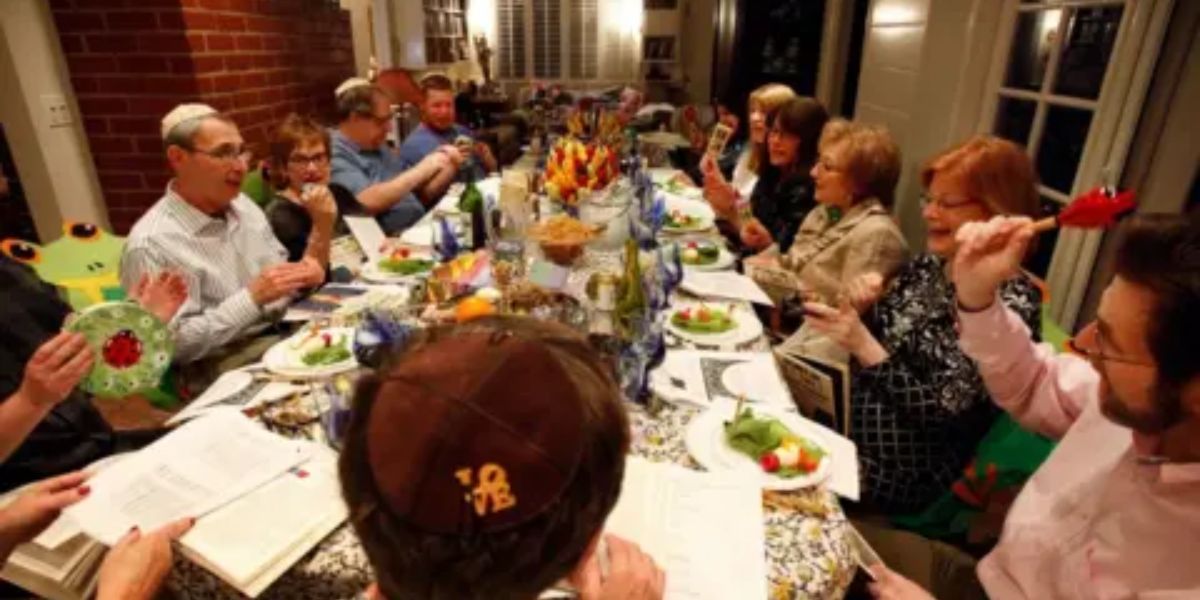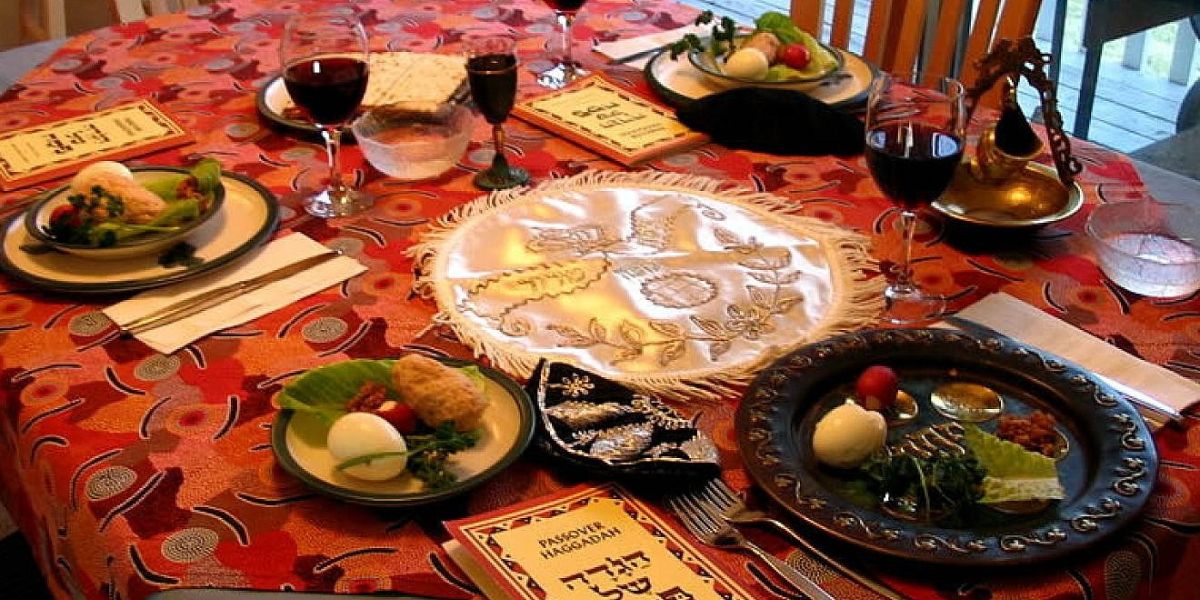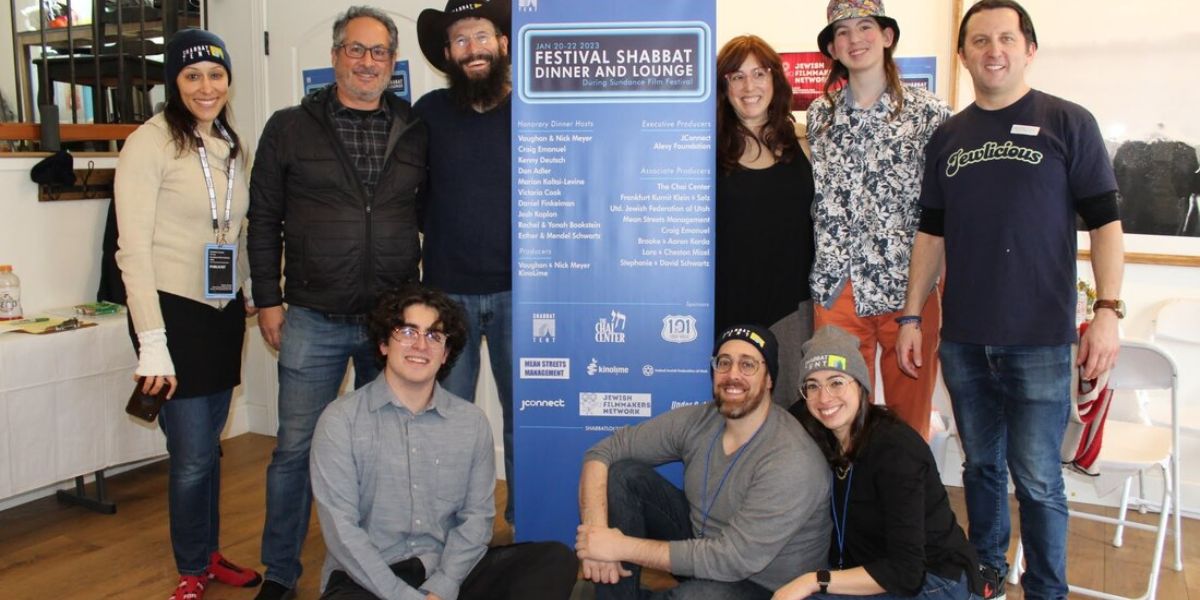The COVID-19 pandemic has fundamentally changed the way we approach many aspects of life, and Jewish celebrations are no exception. With restrictions on large gatherings and an urgent need for social distancing, Jewish communities across the globe were forced to adapt. One significant shift was the move to virtual celebrations. In this article, we’ll explore what organisers of Jewish festivals learned from hosting virtual events during the pandemic, highlighting the challenges, opportunities, and lessons that can carry forward into the post-pandemic world.
The Initial Shift: Adapting Traditions to Digital Platforms
When the world went into lockdown, Jewish communities quickly turned to technology to bridge the gap between tradition and the need for physical distancing. Initially, the shift to virtual celebrations was met with mixed feelings. How could the warmth of family gatherings, the communal prayers, and the physical presence of loved ones be replicated online?
Table of Contents
Many organisers were unsure how to carry forward deeply-rooted traditions like the Passover seder, Yom Kippur services, or Hanukkah celebrations. However, after overcoming the initial hurdles, it became clear that digital platforms, particularly video conferencing tools like Zoom, Facebook Live, and YouTube, could offer a new way to bring people together.
Key Takeaway: Virtual platforms helped maintain a sense of community, even when families couldn’t physically be together. The initial skepticism around virtual celebrations quickly turned into acceptance as people realised that these digital spaces could foster connection and spiritual engagement.
Technology as a Lifeline: Engaging the Diaspora
One of the most significant advantages of hosting virtual celebrations was the opportunity to connect people from across the globe. For many Jewish communities in Asia, where the diaspora is often scattered and small, virtual events presented a rare opportunity for people to come together. For instance, Hong Kong, a hub for Jewish expats, saw a surge in participation as individuals and families joined virtual celebrations from countries across Asia and beyond.
In particular, Jewish festivals like Passover and Rosh Hashanah had always been primarily localised, with a limited number of participants attending services or celebrations. But the shift to virtual platforms brought a more diverse range of participants, some of whom had never before attended a community event. It also made it possible for people to join more than one event in a day, leading to a broader and richer experience of celebration.
Key Takeaway: Virtual events expanded the reach of Jewish celebrations, giving people from around the world a chance to join and reconnect, even if they were far from their home communities.
The Challenge of Authenticity: Keeping the Spirit Alive
While the accessibility of virtual celebrations was a clear benefit, organisers faced challenges in maintaining the authenticity and personal connection of traditional Jewish gatherings. For many, the heart of a Jewish celebration is the shared experience — the joy of singing together, the intimate exchange of traditions, and the warmth of being with family and community.
In the case of virtual Passover seders, many organisers struggled with ensuring that the experience felt as personal and connected as it would in person. There were technical difficulties, such as connectivity issues, and emotional hurdles, as participants found it difficult to create the same atmosphere as they would in a physical setting.
To address these challenges, many organisers introduced interactive elements, such as virtual breakout rooms, where families or small groups could engage in discussions or recite prayers together. In some cases, organisers even went the extra mile by sending out packages with traditional foods and ritual items to participants, ensuring that they still had the tangible elements that made the celebrations feel special.
Key Takeaway: Although virtual celebrations were a step away from the traditional model, they presented an opportunity to innovate. With careful planning and creativity, organisers were able to retain the essence of Jewish traditions while adapting to a digital space.
Strengthening Community Connections: The Long-Term Benefits
One unexpected benefit of virtual Jewish celebrations during the pandemic was the way in which these events strengthened community bonds. Although they were initially seen as a temporary solution, many organisers found that virtual events helped to foster new types of connections. The sense of shared experience transcended geographical distance, and there was a noticeable increase in participation from younger generations, who were more comfortable with digital platforms.
Many organisers reported that attendees felt a greater sense of inclusion during the virtual celebrations. For instance, virtual events offered a platform for people with disabilities or those who were homebound to participate in ways that may not have been possible in a traditional setting. Moreover, the relaxed nature of virtual gatherings allowed people to connect in new ways, leading to deeper and more meaningful conversations and relationships.
Key Takeaway: Virtual events may have started as a stopgap, but they revealed a new avenue for inclusivity and engagement. Moving forward, many organisers are planning to incorporate a hybrid model, combining in-person and virtual elements to ensure wider participation and connection.
Looking Ahead: What the Future Holds for Jewish Celebrations
As the world emerges from the pandemic, the lessons learned from virtual celebrations will undoubtedly have a lasting impact on how Jewish communities approach festivals and holidays. While there is no replacement for in-person gatherings, the integration of virtual platforms into Jewish celebrations offers exciting new opportunities. Organisers are now considering hybrid models that allow people to participate both physically and virtually. This model not only makes celebrations more accessible but also opens up the possibility for greater inclusivity and diversity in future events.
Key Takeaway: While the virtual shift during the pandemic was born out of necessity, it has opened new doors for inclusive, global engagement. The future of Jewish celebrations will likely be a blend of traditional and modern practices, where physical presence and digital participation coexist seamlessly.
Conclusion: Embracing Change Without Losing Tradition
The lessons learned from hosting virtual Jewish celebrations during COVID-19 are clear: while technology can never replace the human connection of in-person gatherings, it can serve as a valuable tool for maintaining community ties, engaging the diaspora, and making Jewish celebrations more inclusive. As Jewish communities in Asia and around the world move forward, organisers must continue to embrace new technologies while ensuring that the heart and soul of Jewish traditions remain intact.
What are your thoughts on virtual Jewish celebrations? Share your experiences in the comments below.











